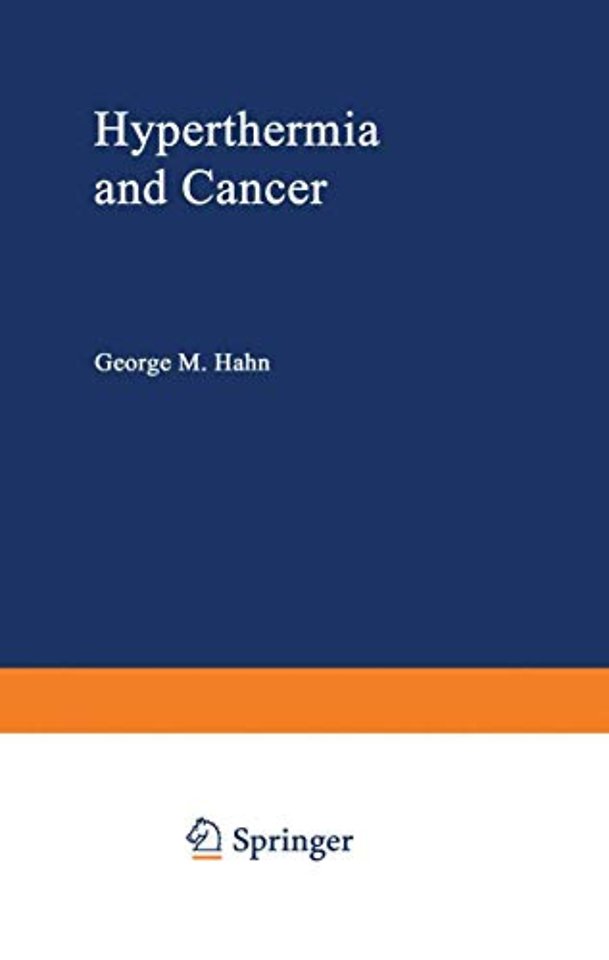Hyperthermia and Cancer
Samenvatting
Hyperthermia as a tool for the treatment of malignant disease is rapidly becoming a clinical reality. In this book I am attempting to summarize the known biological and physical underpinnings that have led to this development. I also present a compilation of existing clinical results, limited as these are. My aim is to provide oncologists and other physicians with up-to-date information on this modality, which is both new and old, as well as to make available to biologists, physicists and engineers sum maries of currently available information on specific areas of hyperthermic research. Many people have helped me with this book. Specifically, thanks are due to Drs. William Dewey, Jean Dutreix, Peter Fessenden, Gloria Li, and Jane Marmor. Their suggestions have been invaluable. I hope that not too many errors and omissions have crept into the volume, but in any case, for these I have only myself to blame. I also wish to express my appreciation to David Betten and Marie Graham for their help. Most of this material was written while I was on sabbatical leave on the shores of Lake Atitlan in Guatemala. There I enjoyed the hospitality of a gracious, friendly, and proud people who deserve better than fate seems to have in store for them.

